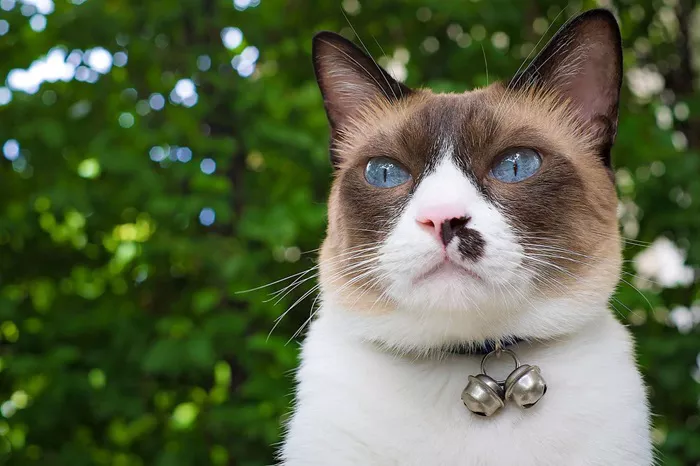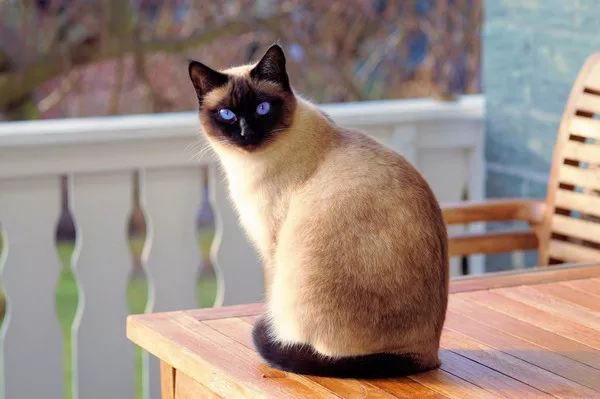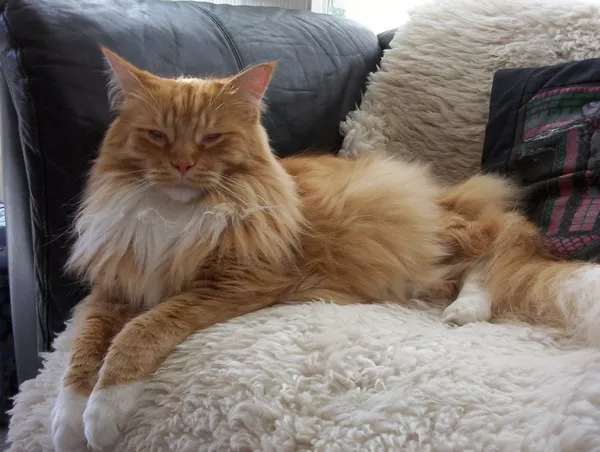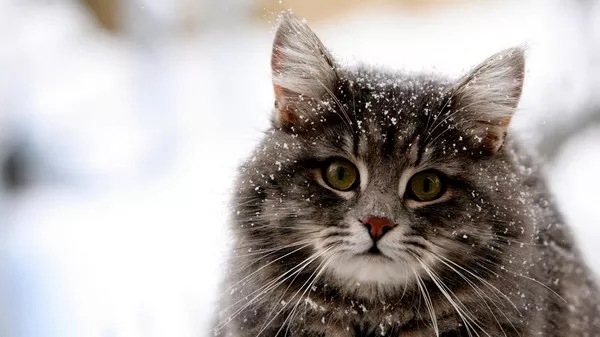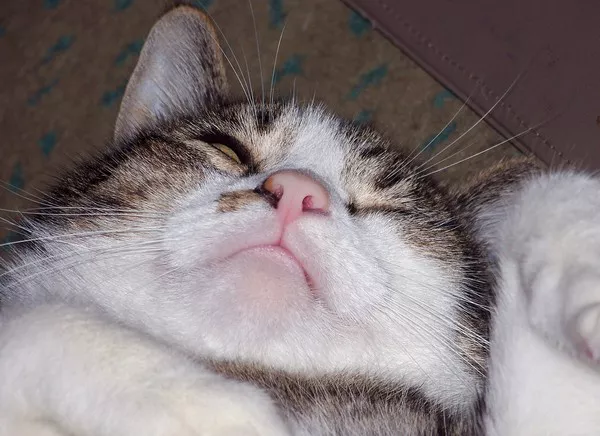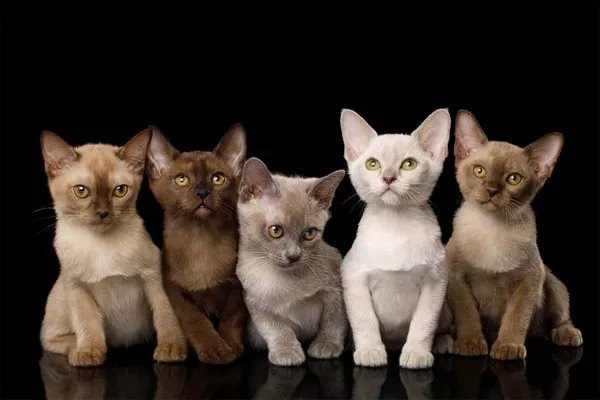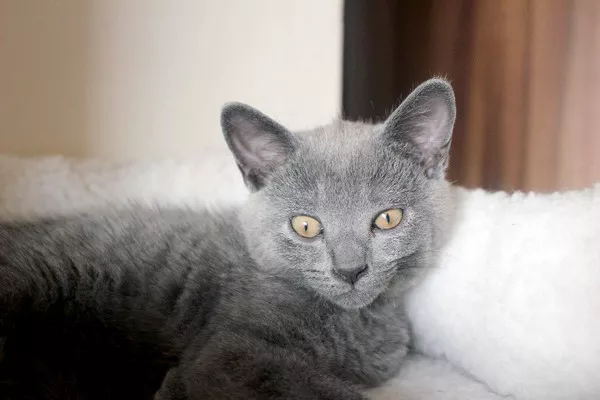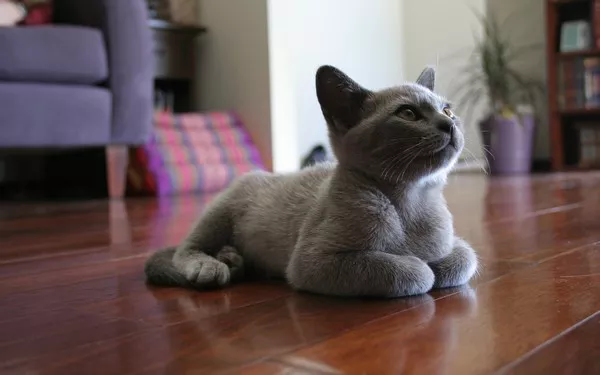Snowshoe Burmese cats are a unique and beloved breed known for their striking appearance, affectionate nature, and playful demeanor. As with any cat breed, understanding their lifespan is crucial for providing proper care and ensuring a long and healthy life. In this comprehensive article, we will delve into the factors that influence the lifespan of Snowshoe Burmese cats, common health considerations, and tips for maximizing their longevity and quality of life.
Snowshoe Burmese Cats
Snowshoe Burmese cats are a relatively rare breed that originated from the United States in the 1960s. They are a cross between Burmese cats and American Shorthair or Siamese cats, resulting in a unique combination of characteristics. Snowshoe Burmese cats are known for their distinctive coat pattern, which features white markings on the face, chest, and paws, resembling snowshoes. They have sleek, muscular bodies, round faces, and expressive blue eyes, making them highly sought after as pets.
Factors Influencing Lifespan
Several factors can influence the lifespan of Snowshoe Burmese cats, including genetics, diet, lifestyle, veterinary care, and environmental factors. While genetics play a significant role in determining overall longevity, proactive healthcare and proper nutrition can also have a profound impact on lifespan and quality of life.
Genetics: Genetic factors inherited from the cat’s parents can influence lifespan and susceptibility to certain health conditions. Responsible breeding practices and screening for hereditary diseases can help reduce the risk of genetic disorders and promote healthier offspring.
Diet: Providing a balanced and nutritious diet is essential for supporting overall health and longevity in Snowshoe Burmese cats. High-quality commercial cat food formulated to meet their specific nutritional needs, supplemented with occasional treats and fresh water, can help maintain optimal body condition and prevent obesity-related health issues.
Lifestyle: Enriching the cat’s environment with opportunities for mental stimulation, physical activity, and social interaction is crucial for promoting mental and emotional well-being. Providing access to toys, scratching posts, perches, and interactive play sessions can help prevent boredom and reduce stress, contributing to a longer and happier life.
Veterinary Care: Regular veterinary check-ups, vaccinations, parasite control, and preventive healthcare measures are essential for detecting and addressing health issues early. Routine dental care, grooming, and monitoring for signs of illness or discomfort can help maintain optimal health and quality of life throughout the cat’s lifespan.
Environmental Factors: Creating a safe and comfortable living environment free from hazards such as toxic plants, chemicals, and potential sources of injury is essential for preventing accidents and promoting longevity. Providing a warm, quiet, and secure space where the cat can rest and relax undisturbed can help reduce stress and promote overall well-being.
Common Health Considerations
While Snowshoe Burmese cats are generally healthy and resilient, like all cat breeds, they may be predisposed to certain health conditions that can affect lifespan and quality of life. Common health considerations for Snowshoe Burmese cats include:
Respiratory Issues: Snowshoe Burmese cats may be prone to respiratory issues such as upper respiratory infections, asthma, and allergies, which can affect breathing and overall respiratory health.
Dental Problems: Dental issues such as periodontal disease, tooth decay, and gingivitis can occur if proper dental care is neglected. Regular dental cleanings, tooth brushing, and dental treats can help maintain oral hygiene and prevent dental problems.
Heart Disease: Hypertrophic cardiomyopathy (HCM), a common heart condition in cats, may occur in Snowshoe Burmese cats. Regular cardiac screenings and monitoring for signs of heart disease can help detect and manage this condition early.
Obesity: Like many cat breeds, Snowshoe Burmese cats may be prone to obesity if overfed or underexercised. Obesity can lead to a variety of health problems, including diabetes, joint issues, and reduced lifespan. Monitoring food intake, providing regular exercise, and maintaining a healthy body weight are essential for preventing obesity-related health issues.
Kidney Disease: Chronic kidney disease (CKD) is a common age-related condition in cats that can affect kidney function and overall health. Regular veterinary check-ups, blood tests, and monitoring for signs of kidney disease can help detect and manage CKD early, potentially extending the cat’s lifespan and quality of life.
Tips for Maximizing Lifespan
While genetic factors play a significant role in determining lifespan, there are steps that cat owners can take to maximize the longevity and quality of life of their Snowshoe Burmese cats:
Provide a Nutritious Diet: Feed a balanced and nutritious diet tailored to the cat’s age, activity level, and health status. Avoid overfeeding and limit treats to prevent obesity and related health issues.
Promote Mental and Physical Stimulation: Enrich the cat’s environment with toys, puzzles, scratching posts, and interactive play sessions to keep them mentally and physically engaged. Rotate toys regularly to prevent boredom and provide opportunities for exploration and exercise.
Maintain Regular Veterinary Care: Schedule annual wellness exams and follow your veterinarian’s recommendations for vaccinations, parasite control, dental care, and preventive healthcare measures. Early detection and intervention are key to addressing health issues before they become serious.
Provide a Safe and Comfortable Environment: Create a safe and secure living environment free from hazards such as toxic plants, chemicals, and potential sources of injury. Provide a warm, quiet, and comfortable space where the cat can rest and relax undisturbed.
Monitor Health and Behavior: Pay attention to changes in the cat’s behavior, appetite, litter box habits, and overall demeanor. Monitor for signs of illness or discomfort, such as lethargy, vomiting, diarrhea, changes in appetite, excessive thirst, or difficulty breathing, and consult your veterinarian promptly if any concerns arise.
Conclusion
Snowshoe Burmese cats are cherished companions known for their beauty, affectionate nature, and playful personality. While genetics play a significant role in determining lifespan, proactive healthcare, proper nutrition, and a nurturing environment can help maximize longevity and quality of life. By providing a balanced diet, regular veterinary care, mental and physical stimulation, and a safe and comfortable living environment, cat owners can help ensure a long and healthy life for their beloved Snowshoe Burmese companions.

